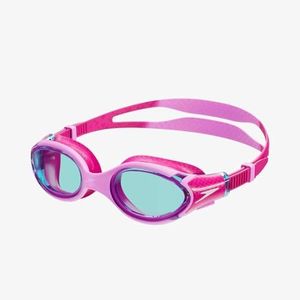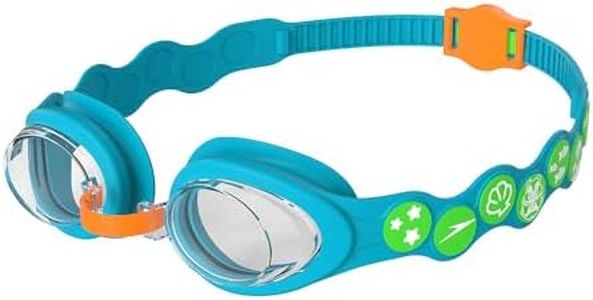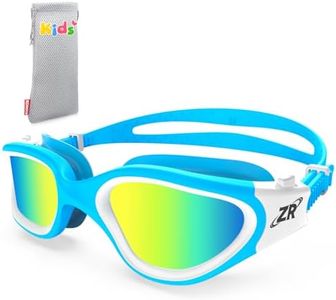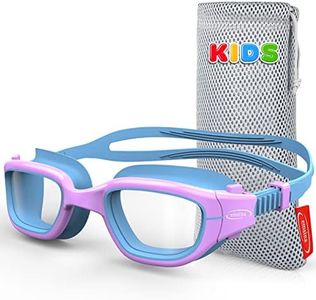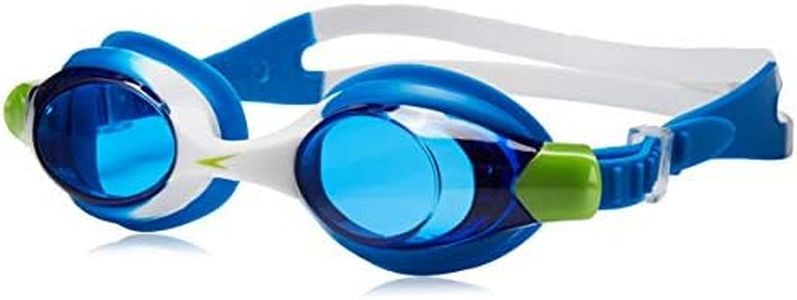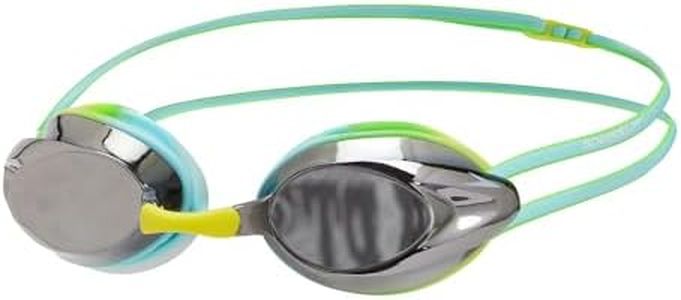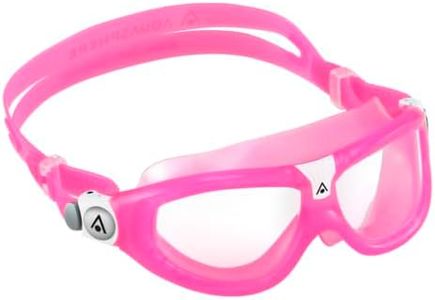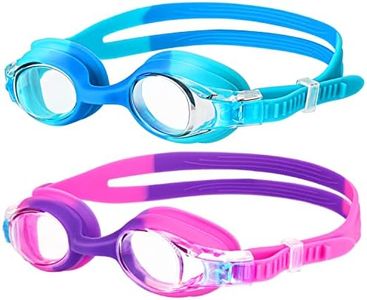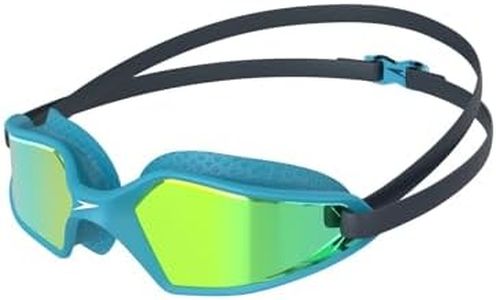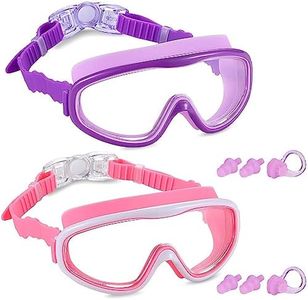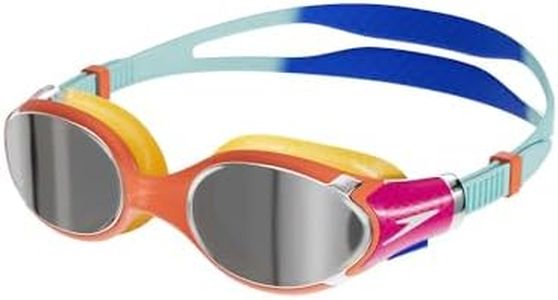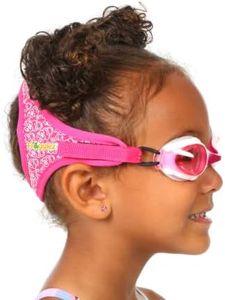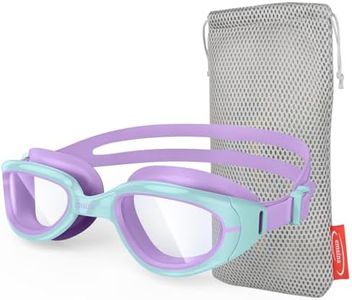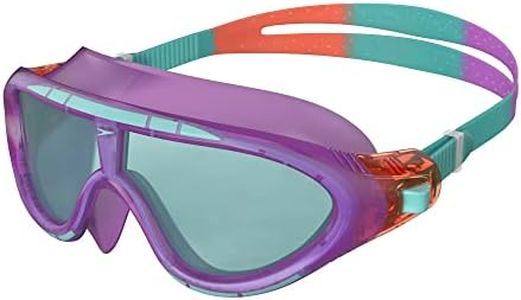We Use CookiesWe use cookies to enhance the security, performance,
functionality and for analytical and promotional activities. By continuing to browse this site you
are agreeing to our privacy policy
10 Best Swim Goggles For Kids
From leading brands and best sellers available on the web.Buying Guide for the Best Swim Goggles For Kids
Choosing swim goggles for kids is all about ensuring comfort, fit, and safety in the water. Kids need goggles that are easy to put on, stay secure while swimming, and prevent water from leaking in, but also feel comfortable for their smaller faces. It’s also important that the goggles are durable and don’t fog up easily—this makes swimming more enjoyable and helps kids focus on learning or having fun rather than dealing with distractions. When making your choice, keep in mind where and how your child will use the goggles—whether for lessons, casual swimming, or competition—as different needs may require different features.Fit and SizeFit and size refer to how well the goggles sit on your child’s face and whether they create an effective seal. This is important because an improper fit can let water seep in or make the goggles uncomfortable to wear. Goggles generally come in child or youth sizes, designed to match smaller facial proportions. To navigate fit, consider the width of the goggle’s eye cups and the flexibility of the nose bridge; some goggles offer adjustable bridges for different face shapes. It’s a good idea to try different fittings to find one that’s snug but not too tight, ensuring comfort during swimming. If your child is very young or has a smaller face, choose styles labeled for their age group, and always check for adjustable straps to fine-tune the fit.
Lens Type and TintThe lens type and tint determine how well your child can see underwater and how much protection their eyes have from light. This is important because bright outdoor pools or dimly lit indoor pools require different visual adjustments. Clear lenses are best for indoor pools or low-light conditions, as they let in plenty of light. Colored or mirrored lenses reduce glare and brightness, making them better for outdoor swimming. Polarized lenses can cut down on reflections from the water’s surface—ideal for very sunny environments. Choose the lens type based on where your child usually swims; if it’s mostly indoors, go with clear lenses, and for outdoor or sunny situations, go with tinted or mirrored lenses.
Anti-Fog and UV ProtectionAnti-fog and UV protection are features that keep vision clear and protect eyes from harmful sunlight. Anti-fog prevents the lenses from clouding up so your child can see well underwater, which helps with both safety and enjoyment. UV protection blocks dangerous rays from the sun, preventing eye damage during outdoor swims. Most kid goggles have some level of anti-fog coating, but not all are equally effective. Higher-end models may offer longer-lasting protection. For UV, check that the product states ‘UV protection’ or ‘100% UVA/UVB protection’ if swimming outdoors. If your child swims mainly inside, anti-fog is essential, but UV is less critical; for outdoor swimming, both features are a must.
AdjustabilityAdjustability refers to how easily the straps and nose piece can be changed to make the goggles fit better. This is important because a good fit helps the goggles stay put and keeps water out. Most kid goggles come with adjustable head straps, and some have adjustable nose bridges as well. When navigating this feature, ensure the straps are soft, easy for an adult to adjust, and secure enough for active swimming. Goggles with single straps may be easier for kids to handle, while double straps can provide a more secure fit. If your child struggles with loose or tight goggles, prioritize models with lots of adjustability and try different adjustments at home before using them in water.
Comfort and CushioningComfort and cushioning come from the soft material (often silicone or foam) that surrounds the goggle's lenses and sits against the face. This is important because uncomfortable goggles can distract kids or leave marks, making them less likely to wear them. Softer, thicker gaskets provide more cushioning and reduce pressure, making them ideal for younger children or longer swim sessions. Thinner gaskets are lighter and less bulky but might be less comfortable for sensitive skin. If your child has had problems with goggles being uncomfortable or leaving marks, look for goggles that highlight soft, hypoallergenic materials, and ensure the cushioning feels gentle when worn.
